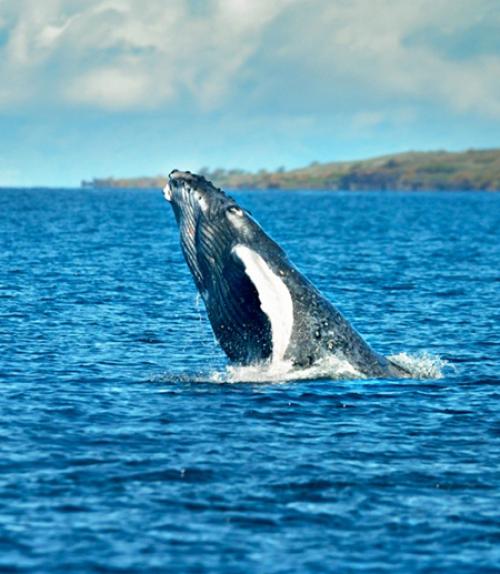
 Department Homepage
The College of Arts & Sciences
Department Homepage
The College of Arts & Sciences
Collaboration showcases creativity of whale songs
Annie Lewandowski worked with Google Creative Lab on a project developing artificial intelligence to recognize patterns in humpback whale songs.



